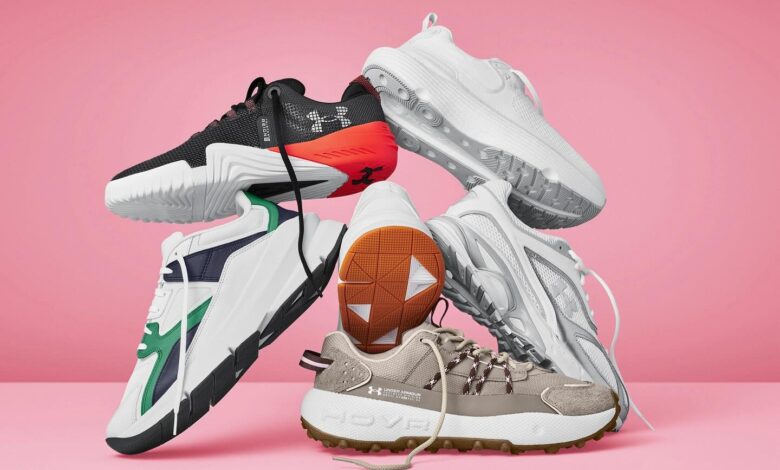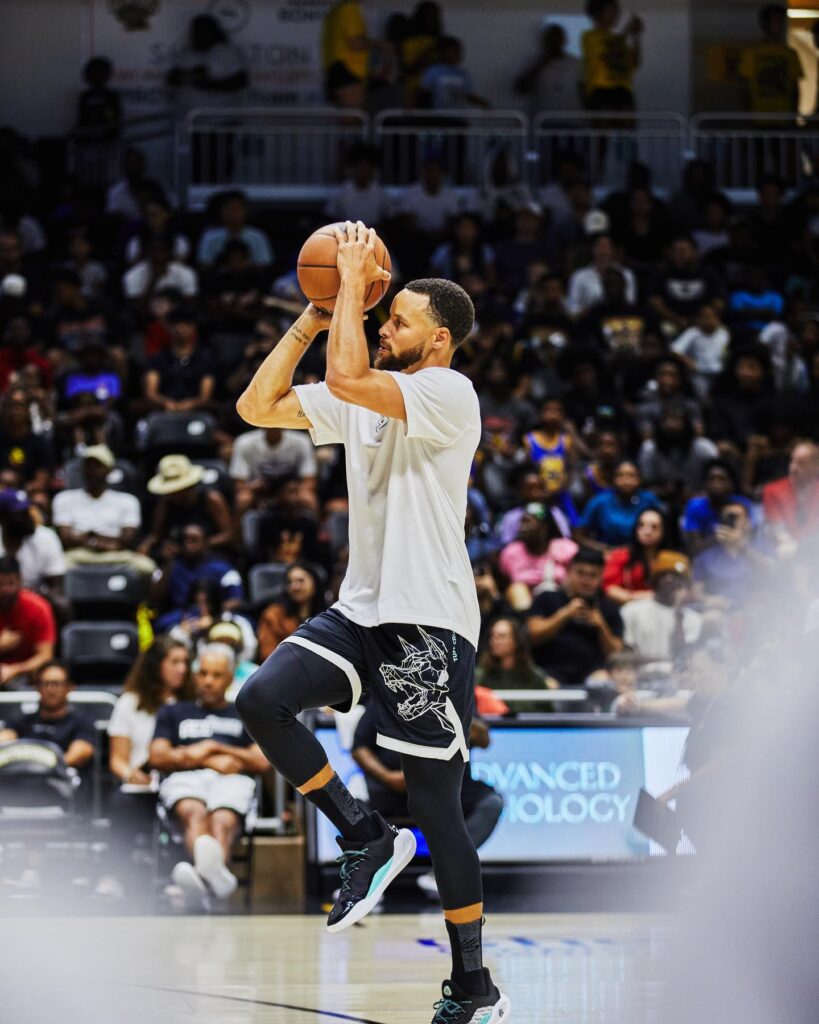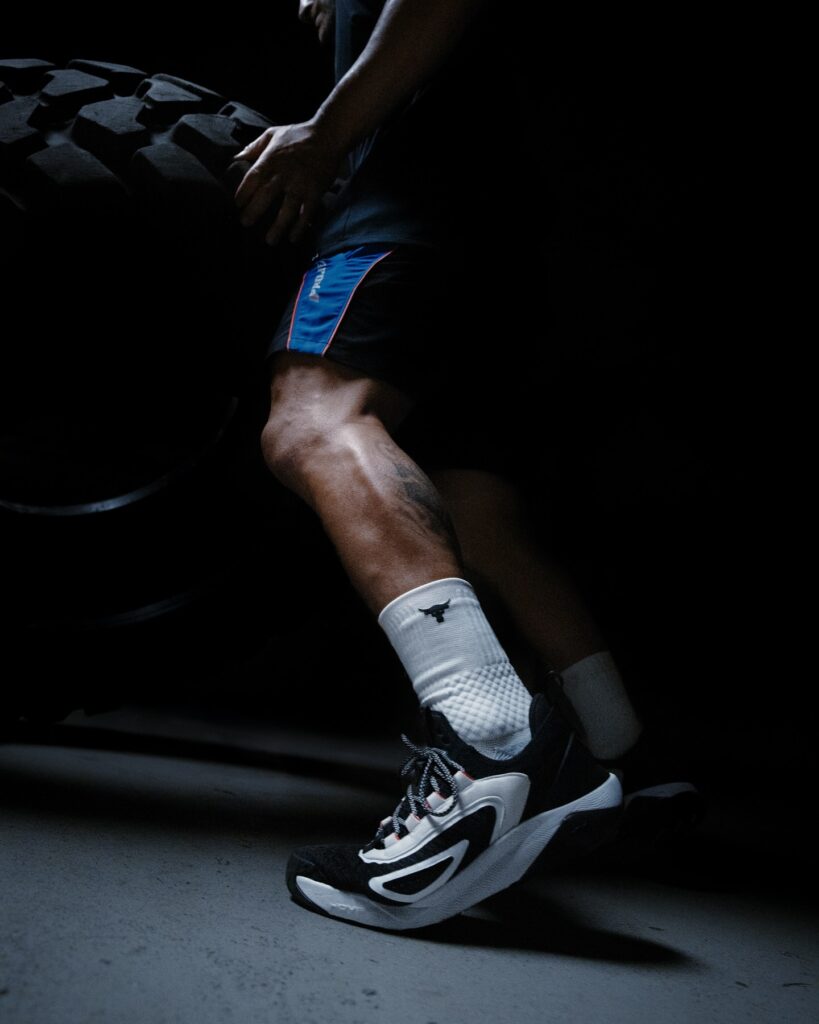Breaking the Mold: How Under Armour Took on Giants and Won in the Sportswear Industry

Breaking the Mold: How Under Armour Took on Giants and Won in the Sportswear Industry. In a world dominated by sportswear giants like Nike and Adidas, breaking into the industry seemed nearly impossible. Yet, in 1996, a former college football player, Kevin Plank, saw an opportunity to disrupt the market with a single product: a moisture-wicking T-shirt. What started in his grandmother’s basement soon grew into Under Armour, a multi-billion-dollar brand competing with the biggest names in the industry.
This article explores how Under Armour carved its niche, overcame major challenges, and became a global force in sportswear, offering valuable lessons for entrepreneurs looking to challenge industry leaders.

Identifying a Market Gap and Innovating
Kevin Plank’s breakthrough came from firsthand experience. As an athlete, he was frustrated with the way cotton T-shirts absorbed sweat and became heavy. He designed a lightweight, synthetic fabric that kept athletes cool and dry. This innovation resonated with professional and college athletes, leading to early sales success.
Lesson: Successful businesses start by identifying a real problem and providing a practical, innovative solution.
Strategic Athlete Partnerships and Marketing
Under Armour’s rise was fueled by bold marketing moves and strategic athlete endorsements. The brand secured early partnerships with American football players and teams, gaining credibility within the sports community. One of its defining moments came in 1999 when it was featured in the Oliver Stone film Any Given Sunday, exposing the brand to a national audience.
In 2013, Under Armour signed NBA star Stephen Curry after his contract with Nike ended. Curry’s success on the court helped catapult Under Armour into the basketball market, challenging Nike’s dominance. In 2023, Curry extended this partnership with a long-term agreement, which includes an equity stake, making the deal potentially worth around $1 billion.
Lesson: Aligning with influential athletes can accelerate brand recognition and credibility within competitive industries.

Expanding Beyond Apparel
Initially focused on performance wear, Under Armour expanded into footwear in 2006. Competing with established brands like Nike and Adidas in this category was challenging, but the company invested in innovative technologies such as HOVR cushioning and smart sneakers.
Beyond footwear, Under Armour also entered the fitness tech market with acquisitions like MyFitnessPal and MapMyRun, positioning itself as a holistic fitness brand. However, in 2020, Under Armour sold MyFitnessPal to Francisco Partners for $345 million to refocus on its core apparel and footwear businesses.
Lesson: Expansion into complementary product categories can strengthen a brand’s market position and drive growth, but strategic focus is key.
Overcoming Challenges and Staying Resilient
Under Armour faced significant challenges, including supply chain issues, declining sales, and struggles in international markets. However, the company adapted by refining its product offerings, streamlining operations, and re-focusing on performance-driven innovation.
For instance, in response to market shifts, Under Armour has been increasing its focus on direct-to-consumer (DTC) channels, including online sales and brand-owned stores, to enhance profit margins and have better control over the customer experience. The company also announced plans to exit up to 3,000 retail partner stores to strengthen its DTC business.
Lesson: Resilience and adaptability are crucial for long-term business success, especially in competitive industries.

Competing Through Brand Identity and Innovation
Unlike Nike’s lifestyle-driven appeal, Under Armour remained committed to high-performance athletes. Campaigns like Protect This House and I Will reinforced the brand’s focus on grit, determination, and performance excellence. This distinct positioning helped Under Armour cultivate a loyal customer base.
Additionally, continuous investment in research and development allowed the brand to introduce cutting-edge products, including compression wear and smart shoes, keeping it relevant in an evolving market.
Lesson: A strong brand identity and continuous innovation help companies differentiate themselves and sustain competitive advantage.
Key Takeaways for Entrepreneurs
- Identify a real problem and create an innovative solution – Disruptive brands address tangible pain points in the market.
- Leverage strategic partnerships for credibility – Aligning with industry influencers can accelerate growth.
- Expand strategically into new markets – Entering complementary categories can enhance brand positioning.
- Adapt to challenges and market shifts – Businesses must evolve with changing consumer demands.
- Establish a strong brand identity – A clear brand message fosters loyalty and differentiation.

Conclusion: Under Armour’s Playbook for Success
Under Armour’s journey from a basement startup to a global sportswear powerhouse is a testament to the power of innovation, strategic marketing, and resilience. While it continues to face challenges, its commitment to performance-driven excellence ensures its place in the industry.
For aspiring entrepreneurs, Under Armour’s story offers a valuable lesson: with the right mix of vision, adaptability, and bold decision-making, even the most established industries can be disrupted.


